What is Circulation?
If you’ve ever been confined to a long plane ride, you’re probably familiar with the sensation of poor circulation; tingling feet, numb limbs, cold hands or toes — these are all common signs that blood flow has been slowed.
Circulation is the flow of blood and fluids throughout the body that ensures vitamins and nutrients are delivered to the cells and organs. Read on to discover seven of the most common signs that you may be experiencing temporary poor circulation.
The 7 Common Signs of Poor Circulation
We have all experienced times where we have had a temporary reduction in circulation. Here are seven common signs of poor circulation:
1. Numbness
The number one indication that blood is not circulating properly is numbness. Numbness or tingling in the extremities is a tell-tale sign of poor circulation. This is most commonly felt in the feet and hands.
Ask someone to use the end or tip of a pencil to poke your feet, if you’re unable to feel when the pencil makes contact with your foot, this could be a sign of poor circulation.
The "pins and needles" feeling you may have experienced in your hands or feet is also the same sign of temporary poor circulation.
2. Cold Sensation
If your feet or hands are colder than the rest of your body, it’s possible that blood is not adequately circulating to this area. It’s more difficult for blood to pump its way into the feet and hands due to its distance from the heart. Pay attention to the temperature of your limbs for clues about your circulation.
3. Swelling
In some cases, a lack of circulation causes a buildup of fluids in the body that may lead to swelling. Swelling is more often felt in the legs, ankles or feet. If you have unexplained pain and swelling, this could be the cause.
4. Difficulty Concentrating
If blood is unable to make its way to the brain, you could experience cognitive dysfunction or difficulty. A loss of memory or difficulty concentrating could be the result of poor circulation. Abnormal changes in blood pressure are key indicators of circulatory problems.
5. Throbbing Muscles
A common sign of circulatory problems is a throbbing sensation felt in the calf muscles. Leg pain can become worse after long periods of sitting. In addition to a throbbing sensation, muscle cramping can become more frequent.
6. Blue Skin
The nose, lips, ears, hands and feet may appear blue in severe cases of neuropathy. This skin discoloration occurs when the arterial blood cannot reach the body’s tissues.
7. Varicose Veins and Ulcers
When blood is unable to circulate it may begin to pool in large volumes. Varicose veins look like knots under the skin and make it more difficult for blood to return to the heart. When blood collects, it impedes the body’s ability to heal; this can lead to ulcers in the legs and feet.
Improve Blood Flow and Circulation
Talk to your doctor, ask questions and share your concerns if you’re experiencing any of the previously mentioned symptoms.
Learn more about Circulation on the DR-HO'S Blog!
What is Circulation in the Body?
How Does a TENS & EMS Foot Massager Work?
Why the Circulation Promoter is an Excellent Foot & Leg Massager for Pain Sufferers
How Does DR-HO’S Circulation Promoter Work to Temporarily Relieve Pain?
The Circulation Promoter Product Guide
EMS Foot Massagers: Frequently Asked Questions About EMS
Is There a Treatment for Poor Circulation in the Hands and Feet?
Ankle Pain Relief: How to Deal With Different Types of Ankle Pain



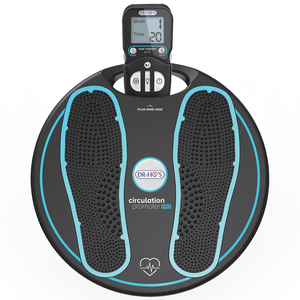
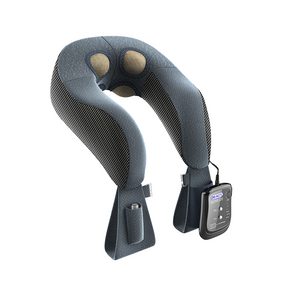
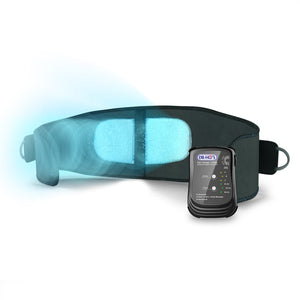
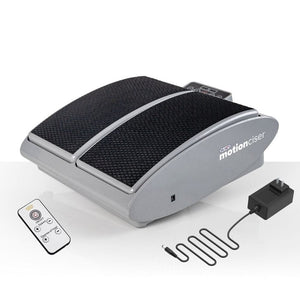
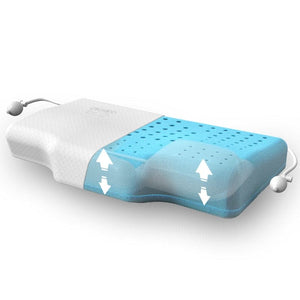
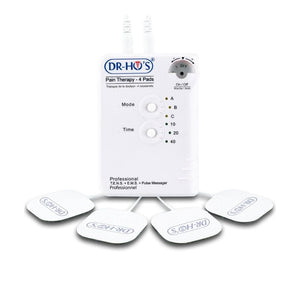
![7 Common Signs of Poor Circulation [Updated for 2021]](http://drhonow.com/cdn/shop/articles/common-signs-of-poor-circulation_ee13beb1-bd18-46df-b14f-a55b83c30fcb.jpg?v=1684507952)